Metal tube Variable Area Flow Meters measure the volumetric flow rate of liquid and gases that operate on the float principle.
Metal tube variable area flow meter features a tapered metal tube, in which a float is allowed to move freely up and down.
Metal Tube Variable Area Flow Meters

The float reaches a stable position when the upward force exerted by the flowing liquid equals the weight of the float. The float position is transmitted by a magnetic coupling system to the scale.
The rotational movement of the follower magnet system transmitted to the indicator is linearised and the flow rate is indicated directly on the scale.
Principle of Variable Area Flow Meters
The flow path has a tapered part. A float containing a magnet is located in the tapered tube. Fluid flows from the bottom of the flowmeter and goes upward through the tube.
The differential pressure produced by the float and the tapered tube pushes the float upward, and the float stops when the weight of the float and the differential pressure balance. In other words, the position of the float corresponds to the flow rate.

The movement of the magnet in the float is detected by the magnetic coupling, which converts it into the movement of the pointer.
Although the tapered tube and thread part are welded by braze pressure welding (BPW) with high-frequency induction heating, TIG welding may be used in some specifications.
Source: tokyokeiso
If you liked this article, then please subscribe to our YouTube Channel for Instrumentation, Electrical, PLC, and SCADA video tutorials.
You can also follow us on Facebook and Twitter to receive daily updates.
Read Next:
- Averaging Pitot Tube Principle
- Different Types of Control Valve
- Flow Measuring Devices Questions
- Linear to Square Root Conversion
- What is Flow Meter Accuracy?

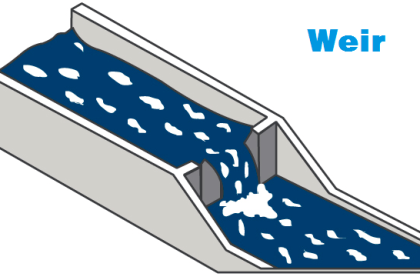


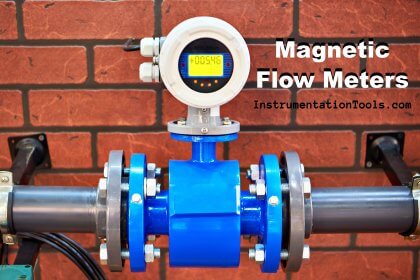
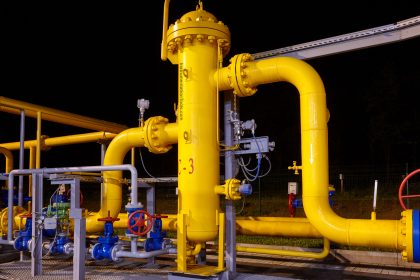
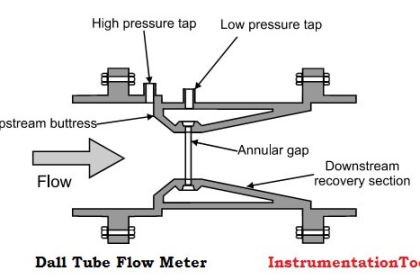
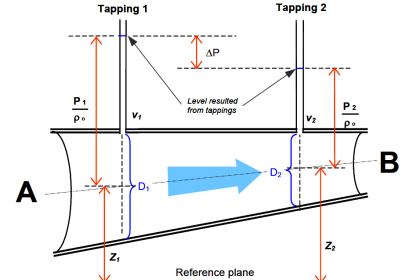
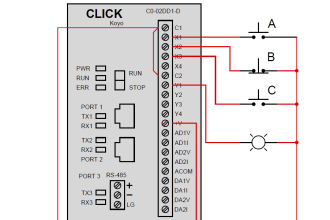

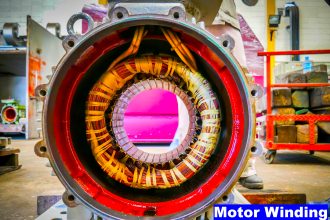
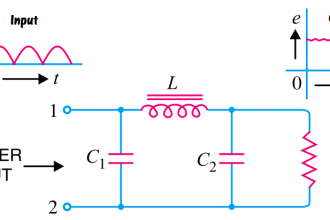
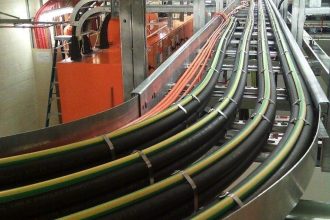

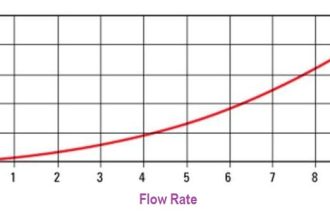
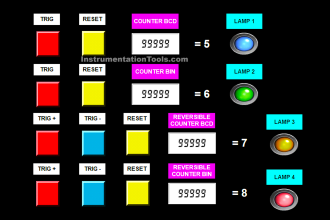

It’s all ok. Then how the movement of the float is convert to 4…20mA.?